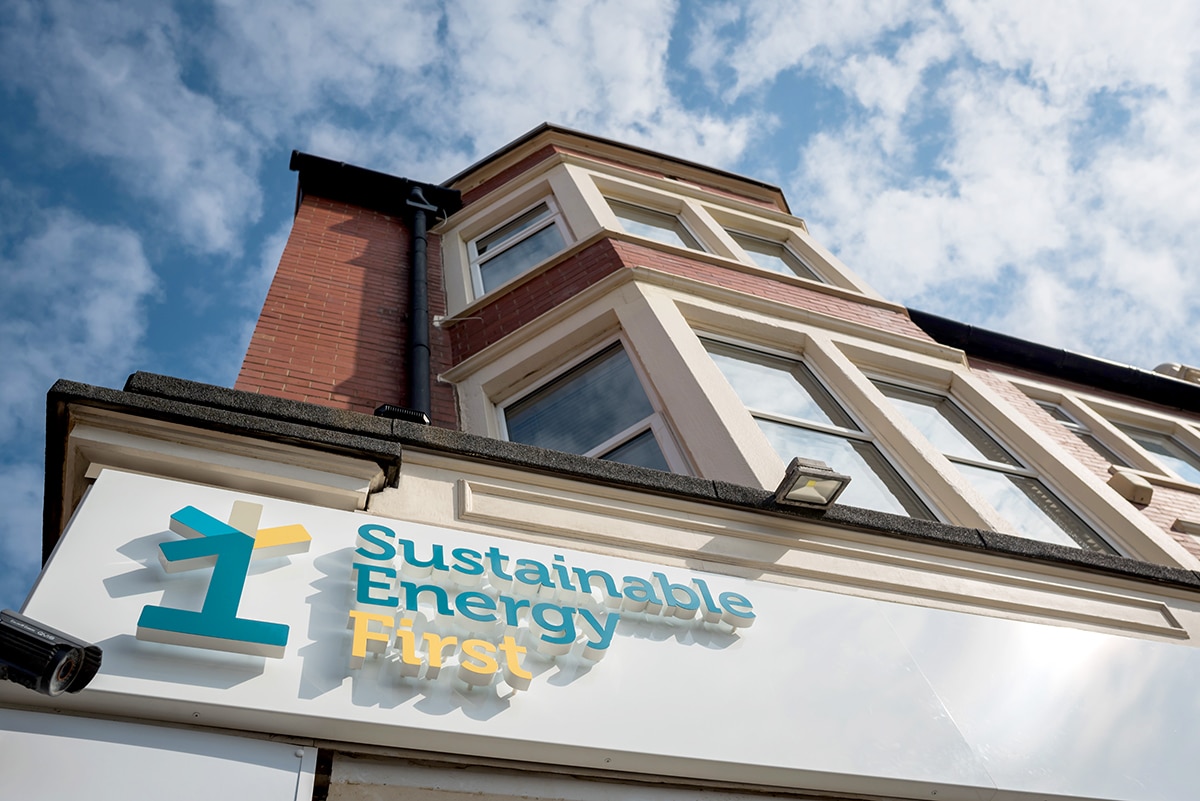Contracts for Difference (CfD), for example, is a Government scheme that’s intended to encourage investments in new low-carbon electricity generation in the UK. However, a recent report by the National Audit Office (NAO) revealed that due to flaws in the design of the CfD auctions, customers are set to pay an extra £1.5bn in electricity costs over coming years.
What was the outcome of the CfD auctions?
Three offshore wind projects took the majority of contracts awarded – of the 3.3GW capacity available, they accounted for 3.2GW. Due to improvements in technology and efficiency in offshore wind, these projects were able to submit ‘strike price’ bids that were much lower than expected – £54.50/MWh for two of the projects and £74.75/MWh for the third. These prices were significantly lower than those awarded in the 2015 CfD auction, in which offshore wind projects were given strike prices between £114/MWh and £120/MWh.
BEIS awarded eight further CfDs, all of which were given to smaller ‘fuelled-technology’ projects. This included biomass with combined heat and power and advanced conversion technology (ACT) projects.
Why are the results so controversial?
In 2015, the Government made some key changes to the design of the CfD auction, and it’s these changes that pushed up the prices in the 2017 auction. One of the changes made was to run the auction on a ‘pay as clear’ basis, which means that all successful bids are awarded the clearing price for the auction. This change was intended to give smaller developers a fair chance in the auction, as they’re often unable to bid as low as larger developers can.
All of the successful project were awarded the clearing price, even if they had put in much lower bids. This meant that in many cases, BEIS will be paying much more than necessary for the capacity they procure through CfD.
Another change for the 2017 auction was a new cap on the amount of capacity awarded to certain technologies. Dedicated biomass with combined heat and power, anaerobic digestion and advanced conversion technology were all given a 150MW cap. This meant that some larger but cheaper per unit of electricity projects missed out on contracts, while the smaller and more expensive projects did win contracts.
What does this mean for businesses?
The NAO’s report has revealed that due to the CfD rule changes, electricity consumers will be paying an additional £100 million every year over the contracts’ 15-year life. In total, consumers will pay out around £1.5 billion more than they would have if BEIS hadn’t changed the rules.
The Government has assured that even when the peak potential top up payments are taken into account, the latest round of contracts will come in below their annual budget cap of £290 million per year. However, it’s clear that the current design of the auction is flawed, and BEIS has stated that it won’t apply the capacity cap rule in the same way in future auctions.
Inenco’s view
Here’s what David Oliver, our Senior Energy Consultant, has to say:
“The NAO has acknowledged that the outcome of the 2017 CfD auction has led to higher energy prices being paid for businesses and homes over the next decade thanks to more expensive projects ‘pulling up the strike price’ for everyone. Whilst some changes will be made to future auctions, the fact remains that the government has over-paid for projects that could have be delivered at a far lower cost, locking in higher bills for homes and businesses for years to come.
“We believe that a similar flaw also affects the annual Capacity Market auction, where generators are paid the auction strike price, even when they submit lower bids.
“The main message from the report must be a review of the auction design to optimise the process and ensure no project is paid more than is necessary to ensure future security of supply from low carbon generation at as low a cost as possible to homes and businesses. Such a review should be extended to cover the Capacity Market auction as well as the CfD auction.”
For more information on CfD, call us on 08451 46 36 26 or email enquiries@inenco.com.





